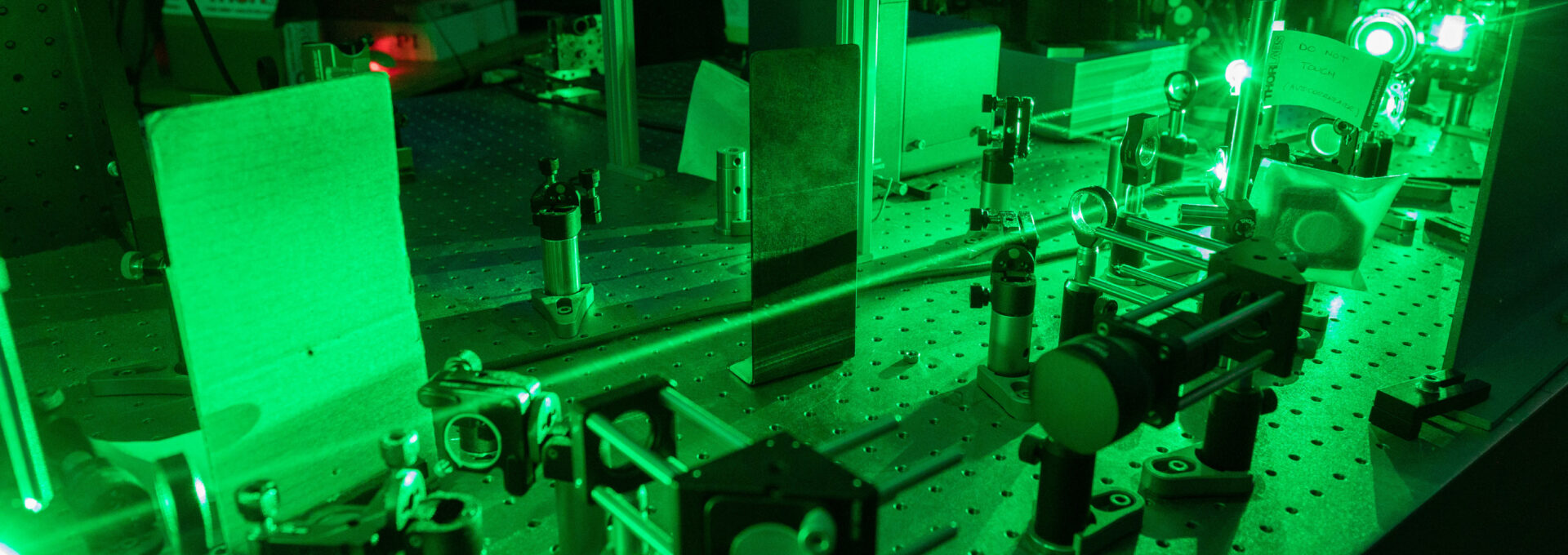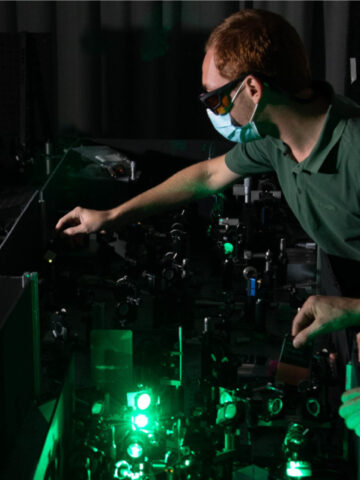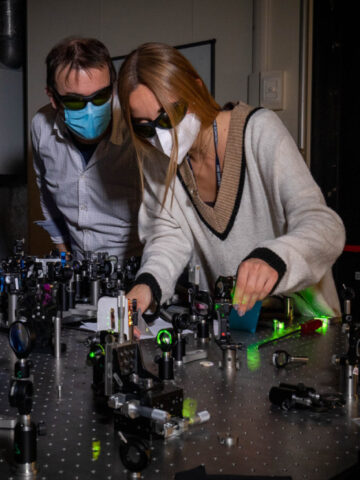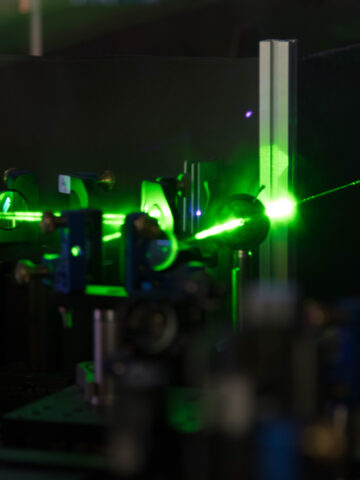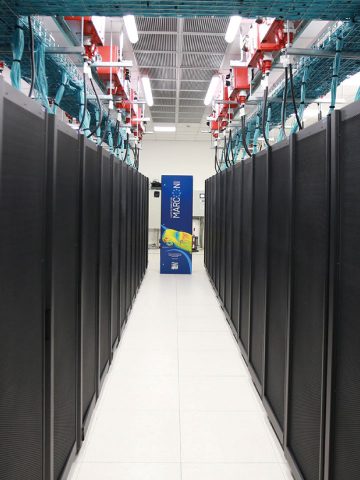Going beyond today’s technology by realising integrated photonic devices that operate on a much broader electromagnetic spectrum that includes extreme ultraviolet and soft X-rays. This is the objective of the interdisciplinary X-PIC (eXtreme ultraviolet to soft-X-ray Photonic Integrated Circuits) project H2020-FETOPEN coordinated by Prof. Salvatore Stagira at the Politecnico di Milano.
Integrated photonics currently sees the realisation of miniaturised devices based on the manipulation of light, with applications ranging from telecommunications to sensors, quantum technologies, the biomedical sector and optical computers.
Despite huge developments, these devices only use the small part of the electromagnetic spectrum between the near infrared and visible region. This is a limitation inherent in today’s technologies as the materials the photonic devices are made from absorb the light not included in this part of the spectrum.
The new technology we intend to develop will be based on the generation of light in the extreme ultraviolet and soft X-ray region inside photonic devices powered by a compact laser source. The light will propagate and will then be manipulated and used in hollow waveguides fabricated thanks to laser micromachining in the sublayer of the device. Photonic circuits made in this way will be just a few millimetres in size and will enable the miniaturisation of countless applications that today are only possible in large infrastructures.
explains Prof. Stagira.
New fields of use include photolithography and extremely high-resolution microscopy, surface chemical analysis; frequency comb metrology in X-rays; nanophotonics, quantum technologies and optical computers based on high-energy photons, optical circuits that operate at extremely high frequencies.
Two prototypes will be produced using the technology developed by the X-PIC project, the first for photolithography of electronic circuits with higher resolution than current technology, and the second for hyperspectral imaging with high spatial resolution in surface chemical analysis.
Launched just recently and coordinated by the Politecnico di Milano, this 4-year project will involve the CNR Institute of Photonics and Nanotechnology (IFN – CNR (Italy), the Institutul Naţional de Cercetare Dezvoltare pentru Tehnologii Izotopice şi Moleculare (Romania) and the company Class 5 Photonics GmbH (Germany).
